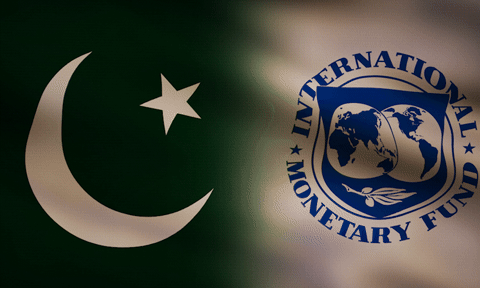It’s Fauji’s world and we are all just living in it, pun unintended. By Fauji, we mean Fauji Cement (PSX: FCCL), and by world, we mean the cement industry operating in Pakistan. After taking over Askari Cement, Fauji very quickly transformed from a mid-size cement company to the third largest cement capacity holder in the country, next to Lucky Cement and Bestway Cement. Its revenues from FY24 show it too. But snagging a market share of nearly 13 percent hasn’t been enough, as, despite a larger capacity and ballooning revenues, the company still stands very middle of the pack.
Check out the illustration which shows the margins of various cement companies vs. their respective size by revenue represented by the size of the bubble (the larger the bubble, the bigger the revenue). Despite a higher top-line (Rs80 billion in FY24, vs. Rs68 billion in FY23), and improved margins (FY24: 32%, FY23: 30%) which happen to be higher than the average of 28 percent, the company’s bottom line leaves much to be desired. One comparison should be done with the market leader, Lucky Cement. While Lucky’s revenues are 1.4 times Fauji’s revenues in FY24, its final earnings post-tax are 3.4 times Fauji’s—something slipped through the cracks. The company’s earnings are below the average of the 10 companies shown in the graphic.

But profits with respect to revenues are worse. With net margins at 10 percent, Fauji is behind 7 out of the 9 peer companies. Compared to smaller companies like Thatta and Kohat, the unlikely winners in this supposed game (read: “Cement: Small companies, big surprises”, Sep 27, 2024), Fauji is lagging behind in profound ways. According to yesterday’s corporate briefing, the company saw total offtake grow 5 percent, with higher domestic sales (up 3%), and growing exports (up 24%). That hasn’t been enough. The company should have produced (and sold) more as its capacity utilization slipped to 55 percent during the year, compared to last year’s 65 percent.
But unsurprisingly, this has been the trend across the industry as cement demand has been lacking in luster throughout the year in the local markets. This subject is well-covered in this column and readers would not need any reminders. But the fact is, other companies have performed better by keeping their overheads in check, bringing down their finance costs by reducing their debt, and making investments that would yield their other income. Fauji’s overheads however are comparatively high—at 6 percent but the finance costs are 7 percent due to greater working capital requirements and expansion-related financing, together making up 13 percent of revenues going into expenses. Other income was only 1 percent of revenues, unable to cover the expenses.
Undoubtedly, expansions, spending on energy efficiency projects, and the acquisition of Askari will help Fauji in the long term. Finance costs will eventually come down, and costs of production will also be lowered due to reduced power expenses. And when domestic demand improves, Fauji will be well-placed to capture it. Right now though, Fauji’s power needs more wielding.

























Comments
Comments are closed.